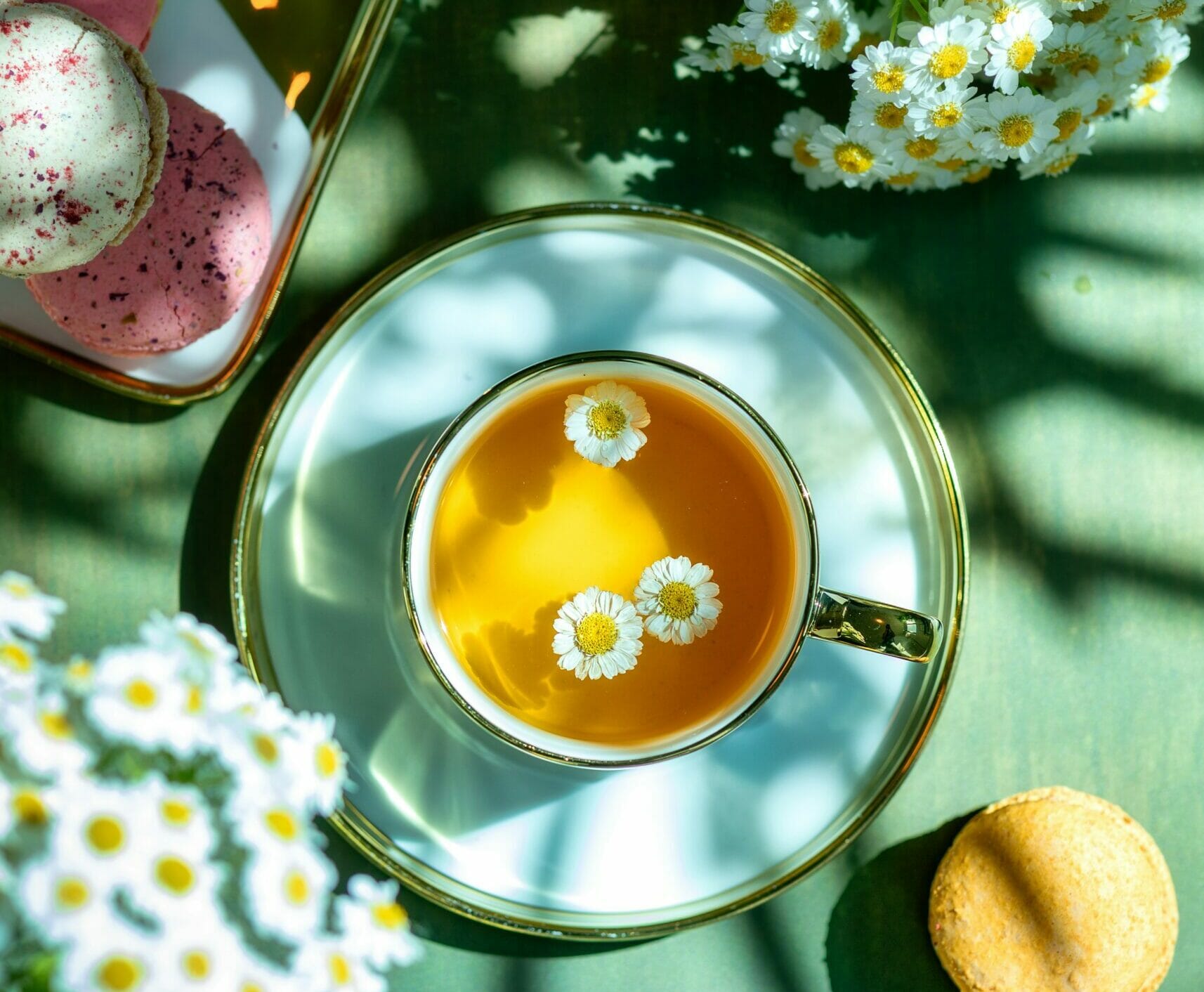Much has been said about the restorative powers of nature and spending time outdoors, but when you dive a little deeper, you’ll find that healing plants offer more than just emotional uplift. Certain medicinal plants have the ability to physically heal and promote well-being.
Perhaps the most well-known of these medicinal plants for skin is the legendary Aloe Vera. Not only is it a striking and architectural houseplant, but it also boasts an array of Aloe Vera health benefits, particularly for your skin. With its anti-ageing, anti-allergic, and anti-bacterial properties, Aloe Vera is soothing and healing, especially for skin conditions. The gel from its leaves provides instant relief for sunburns or scalds, making it a popular ingredient in cosmetic products due to its high moisture content.
The gel is packed with antioxidant vitamins A, C, and E, as well as vitamins B1 and B2, which help maintain the health of your blood cells, brain, skin, and digestive system. When taken orally in diluted form, Aloe Vera’s sugars bind to receptor sites along the intestines, offering relief for irritable bowel syndrome, colitis, and constipation. Additionally, it treats ulcers, acne, eczema, and minor abrasions by harnessing natural antiseptic compounds that aid in healing.
Aloe Vera also contains natural antihistamine properties, making it an excellent choice for relieving itching caused by insect bites or nettle stings.
Feverfew (Tanacetum parthenium), a short-lived herb belonging to the Asteraceae family, is another example of the power of healing plants. Traditionally used to treat numerous ailments, Feverfew is known for its antiseptic and antibacterial properties, which target bacteria, viruses, and fungi. It’s also commonly used to treat migraines due to its Parthenolide content, a chemical that reduces inflammation and soothes muscle spasms.
This versatile plant can be consumed fresh or dried, and its oils make excellent natural insect repellents and topical solutions for itchy skin or bites. Diluted, it also serves as a great organic disinfectant. When made into a green tea, Feverfew aids digestion and promotes restful sleep, making it a great addition to any collection of natural remedies for anxiety. Additionally, it relieves symptoms of hay fever, mild depression, toothaches, stomach pain, fevers, and rheumatoid arthritis.
Another member of the Asteraceae family, Chamomile (Chamaemelum nobile or Matricaria recutita) has been revered for thousands of years as one of the most calming natural remedies for anxiety and stress. The soothing aroma helps ease muscle tension, promote sleep, and settle upset stomachs. Historically, the Egyptians even dedicated Chamomile to the sun, worshipping its many healing plant properties.
Chamomile can also relieve eye inflammation and reduce eye fatigue when used as an eye bath. Inhaling chamomile steam can help with colds, throat infections, and hay fever symptoms. When applied topically, it treats wounds, eczema, insect bites, and sun or windburns.
Beyond its medicinal uses, Chamomile can be grown as a replacement for grass lawns, creating a fragrant carpet in sunny areas. It is also useful in preventing seedlings from damping off and can deter pests like flies and aphids, making it a fantastic companion plant in your garden. Its fragrant flowers are often used in potpourri and commercial room sprays.
For those interested in natural dyes, another variety, Dyer’s Chamomile (Anthemis tinctoria), produces a vibrant, buttery yellow dye when used on wool or silk.
Valerian (Valeriana officinalis), a flowering perennial native to Europe and Asia, has been used for centuries for its natural remedies for anxiety and sleep disorders. Its musky vanilla-scented flowers not only add beauty to gardens, but they have also been utilized in herbal medicine to treat insomnia, anxiety, and even gastrointestinal distress. Though there is limited scientific evidence supporting some of its other uses, such as for epilepsy and ADHD, Valerian is still a popular plant in herbal medicine.
Aside from its healing benefits, Valerian is also fantastic for wildlife gardens. It attracts beneficial insects and provides a rich source of nectar for bees.

There’s no doubt that many people have benefitted from using these healing plants in their daily lives. While herbal medicines have been used for centuries, it’s important to research any home-made remedies to avoid allergic reactions or interference with prescribed medications. Consulting a professional healthcare provider is always recommended when exploring natural remedies for anxiety, digestive issues, or skin care.


